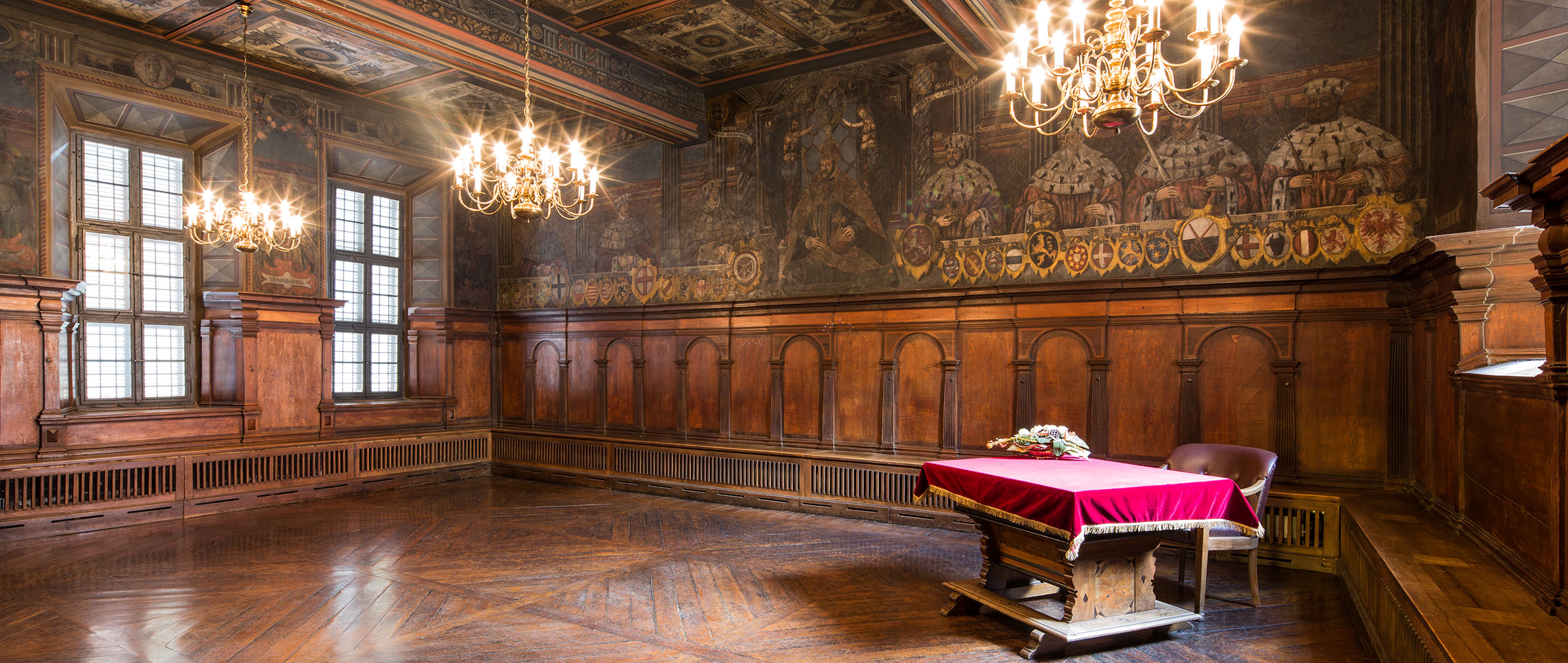Imperial Cities and Agriculture
Mühlhausen|Thüringen, March 4 to March 6, 2019
Seventh academic conference of the Mühlhausen-based Working Group “History of the Free Imperial Cities”, in cooperation with the Friedrich Christian Lesser Foundation and the Historical Society of Mühlhausen (Mühlhäuser Geschichts- und Denkmalpflegeverein e. V.)
Conception
Until well into modern times agriculture was the main employment sector for the working population. Cities were dependant on the their agrarian hinterland in order to satisfy their demand for food. Vice versa, demand by the cities offered income opportunities for the rural population. Hence, city and countryside were economically closely intertwined.
In contrast to older research literature, which emphasised the countryside’s dependence on the city, the conference “Imperial Cities and Agriculture” takes a theoretically and methodologically open and inclusive approach. The contributions shed light on the topic of agriculture as part of a process, beginning from the production and ending with the distribution of agricultural products. The contributions of the first day will be discussing the social and legal context. Among the most important landlords were monasteries and hospitals. How did the ownership status look like in particular instances, and which role did the various stakeholders from the Imperial Cities play with regard to land ownership? Was land ownership a precondition for a city to assert their interests in the countryside?
The lectures on the second day are dedicated to the different sectors of agricultural production, rural side businesses, and to the supply of the cites. Apart from textile processing, which in many regions was the most important supplement to agricultural labour, the conference will also inquire about less researched sources of income for the rural population. Little is known, for instance, how Imperial Cities secured their demand for wood. Finally, we will address issues such as transportation, the market, price policy, and monopolies.
Geographically, the conference’s topic will take into account the areas of what is today Germany, Austria and Switzerland. The time frame encompasses the high-medieval period up to the end of the Holy Roman Empire.
Table of contents and foreword of the conference publication
Studien zur Reichsstadtgeschichte (SRG) are published by Michael Imhof Verlag.
Here you can find an overview of all conferences.
